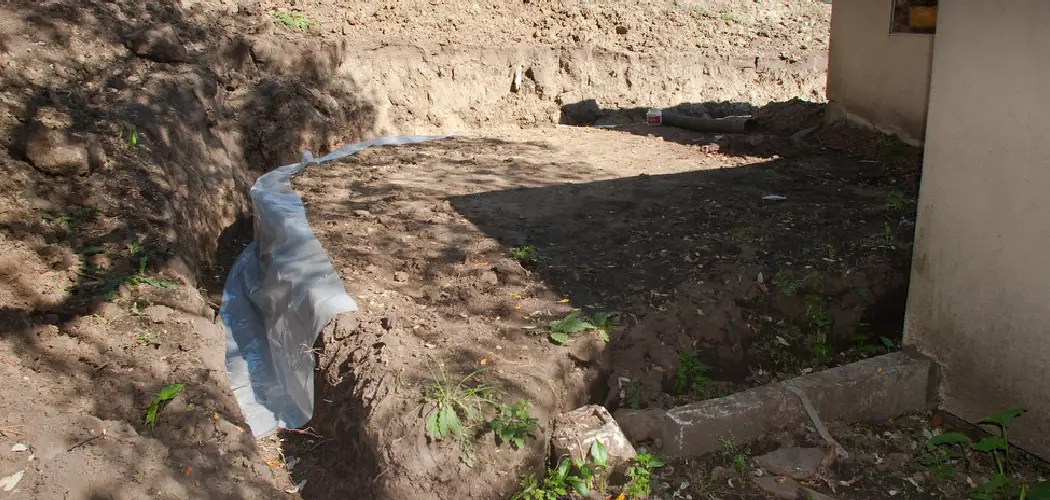A well-leveled yard is not only aesthetically pleasing but also essential for proper drainage, preventing water from pooling and causing issues like erosion, flooding, or waterlogged soil. If your yard slopes unevenly, it can lead to a host of problems, especially during heavy rains or irrigation. Fortunately, you can take steps to ensure that your yard is appropriately leveled to facilitate efficient drainage.
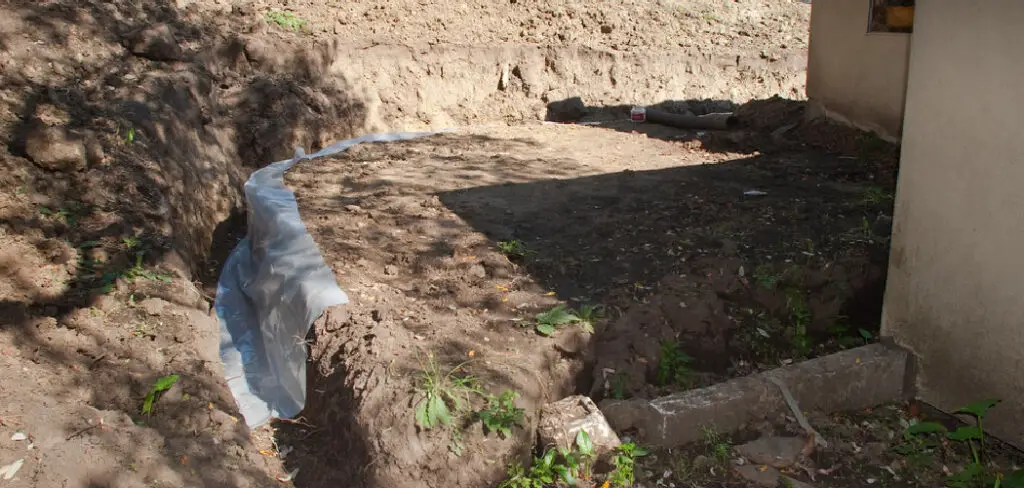
In this article, we will explore how to level a yard for drainage. From assessing the current state of your yard to using tools and materials for proper grading, we’ll provide you with the knowledge and guidance needed to create a yard that effectively directs water away from your home, plants, and landscaping, ensuring a healthier, drier, and more visually appealing outdoor space.
The Significance of Proper Yard Drainage
Yard drainage may not be something most homeowners think about, but it is a crucial aspect of maintaining a healthy and functional outdoor space. Proper yard drainage helps to prevent water damage to your home’s foundation, avoids mosquito breeding grounds, and promotes healthy plant growth.
One of the main reasons why proper yard drainage is important is because it prevents water from pooling in areas around your home’s foundation. Excess water can seep into the foundation, causing cracks and other structural damage over time.
This not only compromises the integrity of your home but can also lead to costly repairs in the future.
Moreover, standing water in your yard can become a breeding ground for mosquitoes, which are not only annoying pests but also carriers of diseases such as West Nile virus and Zika virus. By ensuring proper yard drainage, you can reduce the risk of having these disease-carrying insects in your outdoor space.
Another significant benefit of adequate yard drainage is healthier plant growth. Plants require a certain amount of water to thrive, but too much water can drown their roots and cause root rot.
On the other hand, inadequate water supply due to poor yard drainage can cause plants to wither and die. By leveling your yard for proper drainage, you can ensure that your plants receive the right amount of water to flourish.
So how do you level a yard for proper drainage? The first step is to identify any existing issues such as low spots or areas where water tends to pool. Once identified, these problem areas can be corrected by adding topsoil or grading the land. It is crucial to ensure that water flows away from your home’s foundation and towards a designated drainage point, such as a dry well or storm drain.
10 Methods How to Level a Yard for Drainage
1. Install a French Drain
A French drain is one of the most effective ways to improve drainage in your yard. It involves digging a trench and filling it with gravel or crushed stone, then covering it with soil and plants.
The gravel and soil act as a filter, allowing water to flow freely through the trench while preventing soil from entering. This helps to ensure that water flows away from your home instead of pooling around it.
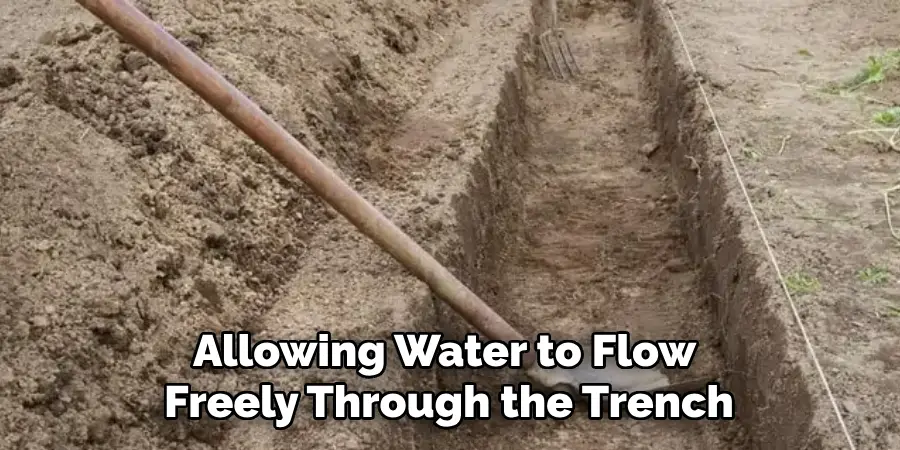
2. Create a Swale
A swale is another great way to improve drainage in your yard. It involves digging a shallow channel in the ground that slopes away from your house and then filling it with gravel or crushed stone. This allows water to flow away from your home instead of pooling around it, which can help prevent flooding and other damage caused by poor drainage.
3. Install Catch Basins
Catch basins are also an effective way to improve drainage in your yard. They involve digging small pits in the ground that are filled with rocks or gravel and then covered with soil and plants. The rocks allow water to collect in the basin before flowing away from your home, which helps to prevent flooding and other damage caused by poor drainage.
4. Use Rain Barrels
Rain barrels are an easy way to collect rainwater for use in your garden or lawn. They involve installing large containers near downspouts on your roof, which collect rainwater as it falls and store it for later use. Rain barrels can also help reduce runoff from heavy rains by collecting excess water before it has time to cause flooding or other damage due to poor drainage.
5. Plant Trees
Planting trees is another great way to improve drainage in your yard as they absorb much of the rainfall that falls on them before it has time to cause flooding or other damage due to poor drainage.
Trees also provide shade, which can help keep temperatures cooler during hot summer days and reduce energy bills by blocking out sunlight during warmer months when air conditioning is needed most often. Additionally, trees add beauty and value to any landscape design project!
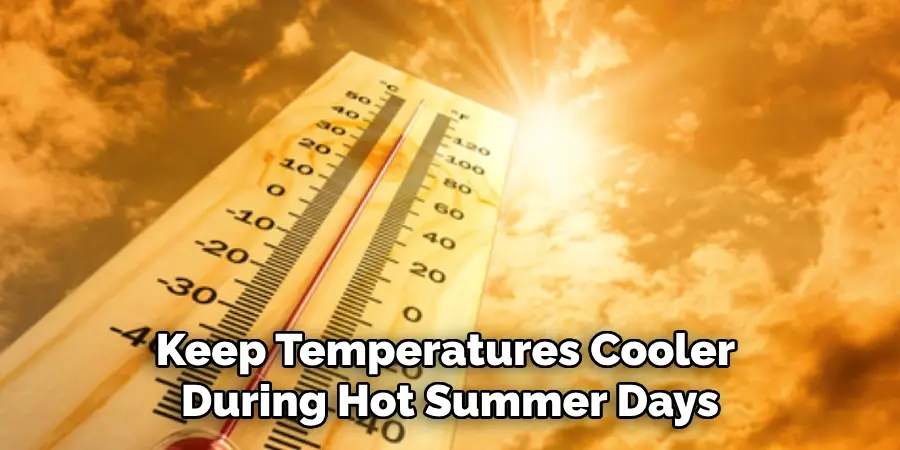
6. Install Gutter Extensions
Gutter extensions are an easy way to redirect rainwater away from your home’s foundation and towards areas where it can be absorbed more easily into the ground without causing flooding or other damage due to poor drainage.
They involve attaching extensions made of plastic or metal onto existing gutters so that they extend further away from the house than usual, allowing rainwater more time and space to spread out before reaching its final destination on the ground below, where it can be absorbed more easily into the soil without causing any problems due to poor drainage.
7. Grade Your Yard Properly
Grading your yard properly is essential for good drainage as well as the overall health of both plants and turf grasses growing there! Grading involves making sure that all areas of your yard slope slightly downwards towards lower-lying areas so that water can move away from buildings quickly without pooling up anywhere along its journey – this will also help promote better root growth since roots need oxygenated soils!
Additionally, grading should be done regularly (once every 1-2 years) so that any changes due to natural erosion processes do not go unnoticed!
8. Install Retaining Walls
Retaining walls are also an effective way of improving drainage in yards since they act as barriers against runoff coming down slopes towards lower-lying areas such as foundations – this prevents flooding since water will be forced back uplope rather than running off uncontrollably! Furthermore, retaining walls add aesthetic appeal since they come in many different materials/styles – brick/stone/concrete blocks being some popular options available today!
9. Add Mulch Around Plants
Adding mulch around plants helps retain moisture while still allowing for proper aeration – this encourages healthy root growth, which ultimately leads to better absorption rates when dealing with heavy rains! Furthermore, mulch acts like a sponge absorbing excess moisture while keeping soils cool during hot summer days – this prevents evaporation losses, thus promoting better hydration levels within plant systems! Lastly, mulch provides insulation for roots during cold winter months, thus protecting them against frost damage!
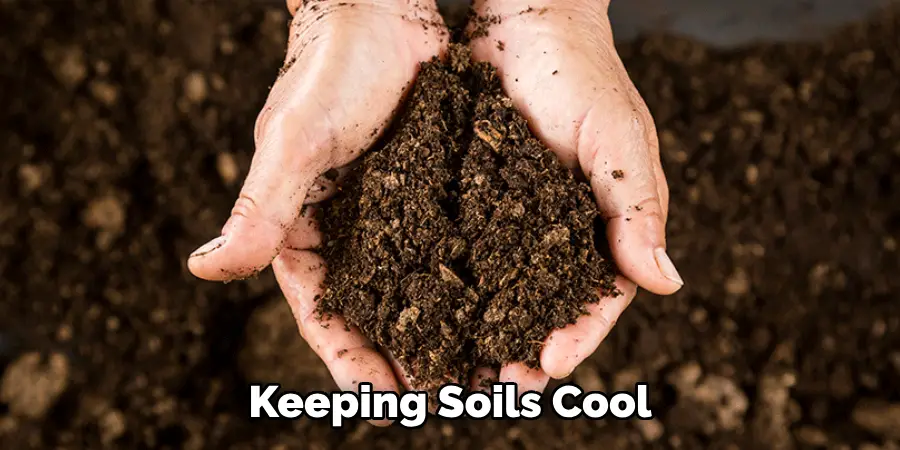
10. Add Soil Amendments
Adding soil amendments such as compost improves overall structure by increasing organic matter content; this helps increase nutrient holding capacity while simultaneously improving aeration within soils – both things necessary for healthy plant growth & proper absorption rates when dealing with heavy rains! Furthermore, amendments make soils less prone to compaction, thus promoting better infiltration rates when dealing with excessive rainfall events!
Things to Consider When Leveling Your Yard
When it comes to leveling your yard for drainage, there are a few things you need to take into consideration. The process may seem simple but if not done correctly, it can lead to bigger problems in the future. In this article, we will discuss some important factors that should be kept in mind when leveling your yard for proper drainage.
Understand the Purpose of Leveling
Before you start leveling your yard, it is important to understand why you are doing it. The main purpose of leveling a yard for drainage is to ensure that water flows away from your house and towards an appropriate area such as a drain or a lower part of your property. This will prevent water from pooling around your home and causing damage.
Assess the Slope of Your Yard
The slope or gradient of your yard is a crucial factor when it comes to leveling for drainage. Ideally, you want your yard to have a slight slope away from your house so that water can naturally drain away. A slope of 2-3% is recommended for proper drainage.
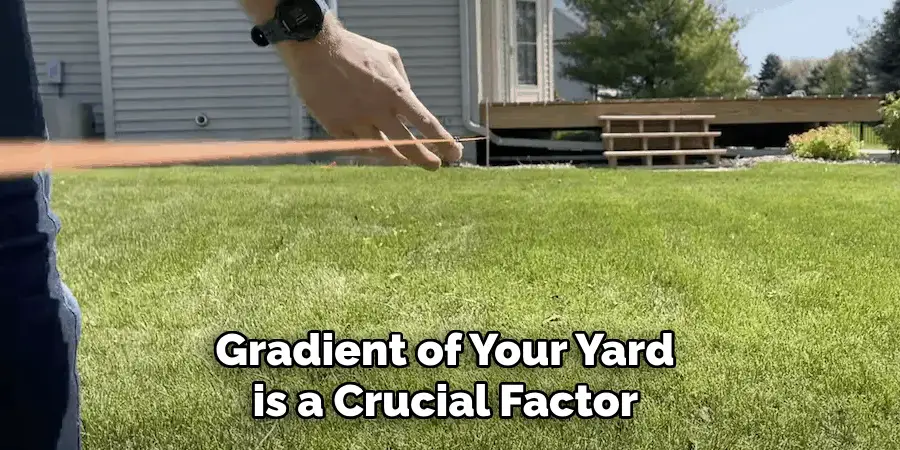
Use Proper Tools and Materials
To effectively level your yard, you need the right tools and materials. Some essential items include a shovel, rake, level, wheelbarrow, and sand or topsoil. It is important to use quality materials that are suitable for the type of soil in your yard.
Check for Underground Utilities
Before digging into your yard, it is important to check for any underground utilities such as gas lines, electrical wires, or water pipes. Contact your local utility company to determine the location of these utilities and avoid any accidents.
Conclusion
In conclusion, successful and consistent drainage in any yard requires a flat, level ground. While it may seem like an overwhelming task to level a non-conforming yard by yourself, the process of how to level a yard for drainage does not necessarily need to be expensive or time consuming. Following these tips may prove helpful in having an evenly sloped yard with optimal drainage.
Once your project is done, your outdoor living space will be less muddy and mucky and safe from potential costly damage due to water pooling or flooding. Therefore, start today on the journey to successfully leveling your yard for improved drainage and maximize your outdoor living pleasure!
About
Outdoor Fixes is a distinguished figure in the world of Diy design, with a decade of expertise creating innovative and sustainable Diy solutions.
His professional focus lies in merging traditional craftsmanship with modern manufacturing techniques,
fostering designs that are both practical and environmentally conscious. As the author of diy,
outdoorfixes delves into the art and science of outdoorfixes-making, inspiring artisans and industry professionals alike.
Education RMIT University
(Melbourne, Australia) Associate Degree in Design (Outdoor Fixes) Focus on sustainable design, industry-driven projects,
and practical craftsmanship. Gained hands-on experience with traditional and digital manufacturing tools, such as CAD and CNC software.
Nottingham Trent University
(United Kingdom) Bachelor’s in outdoorfixes.com and Product Design (Honors) Specialized in product design with a focus on blending creativity with production
techniques. Participated in industry projects, working with companies like John Lewis and Vitsoe to gain real-world insights.
Publications and Impact
In diy, Outdoor Fixes his insights on indoor design processes, materials, and strategies for efficient production.
His writing bridges the gap between artisan knowledge and modern industry needs, making it a must-read for both budding designers and seasoned professionals.

